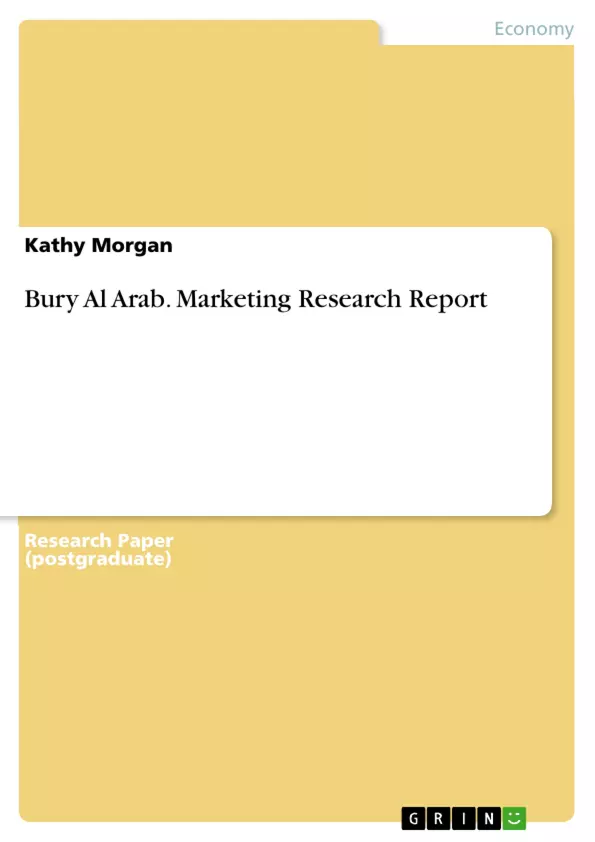Burj Al Arab, one of the world’s foremost luxury hotels based in Dubai, is planning to expand its operations in an international market and Indian city Mumbai has been selected for the same. This is going to be a big operation for Jumeirah International, the promoters of the hotel. A strong market entry strategy needs to be selected, which needs to be complemented with an excellent marketing plan. Organisation structure will be chalked out which will show the control over the management and the involvement of partners. Logistics and supply chain are very important in the success of luxury hotel, which will again be a point of focus for Burj Al Arab when entering the Indian market.
Inhaltsverzeichnis (Table of Contents)
- 1.0 Introduction
- 2.0 Market Entry Strategy
- 2.1 Separating Ownership and Control
- 2.2 Two Dimensions of the Foreign Market Entry Strategy
- 2.3 Other Factors
- 2.4 Final Decision on the Market Entry Strategy
- 3.0 Marketing Plan
- 3.1 Situation Analysis
- 3.2 SWOT Analysis of Burj Al Arab
- 3.3 Competitor Analysis
- 3.4 Segmentation, Targeting and Positioning
- 3.5 Marketing Mix
- 4.0 Organisation Structure
- 5.0 Logistics, Supply Chain and Other Features
- 6.0 Conclusion
Zielsetzung und Themenschwerpunkte (Objectives and Key Themes)
The main objective of this report is to provide a comprehensive analysis of the optimal market entry strategy for Burj Al Arab in the Indian market. It aims to determine the most suitable marketing plan, including the marketing mix, and organizational structure to ensure a successful launch while maintaining the hotel's global brand value and luxury image.
- Market entry strategy for Burj Al Arab in India
- Marketing plan for the Indian market
- Marketing mix and organizational structure
- Maintaining brand value and luxury image
- Competitive analysis and market positioning
Zusammenfassung der Kapitel (Chapter Summaries)
The report begins by outlining the need for Burj Al Arab to expand internationally, highlighting its unique position as the world's only seven-star hotel. It then introduces India as the chosen market for this expansion, acknowledging the importance of aligning the hotel's strengths with the Indian market's advantages to maintain service standards and reputation. The report explores the complexities of choosing a market entry strategy, emphasizing the need to separate ownership and control, and considering various factors such as competition, market dynamics, and the need to adapt to the local market while preserving the hotel's brand image.
Schlüsselwörter (Keywords)
The primary keywords and focus topics of this report include market entry strategy, marketing plan, marketing mix, organizational structure, brand value, luxury image, competitive analysis, market positioning, and the Indian hospitality industry.
- Quote paper
- Kathy Morgan (Author), 2011, Bury Al Arab. Marketing Research Report, Munich, GRIN Verlag, https://www.grin.com/document/267034



